The early aughts were a very good time to be M. Night Shyamalan, certainly the best time. Coming off his Oscar-nominated blockbuster The Sixth Sense, Shyamalan was instantly a household name and recognized as one of the most exciting new filmmakers to come along in years. He was even dubbed “the next Spielberg” by Newsweek Magazine. Night certainly leaned into this hype, very much enjoyed the accolades and attention and quickly parlayed that good will into a couple of memorable thrillers: 2000’s Unbreakable and 2002’s Signs. While neither film reached the box office or pop cultural heights The Sixth Sense did, they were evidence that Shyamalan was indeed a born filmmaker, able to craft genre films that were suspenseful and dramatic in equal measure. After Signs came out, it was hard to find someone who didn’t know the name Shyamalan; he was the rare director whose name was as important to the general audience as the stars of the film. Shyamalan would put that name recognition to the ultimate test in 2004 with The Village (watch it HERE) a movie featuring an ensemble cast of well-known acting veterans who weren’t exactly box office gold. Without a Bruce Willis or Mel Gibson to headline the film, Shyamalan would be the biggest name on the poster this time around. He had faith – and all of his movies are about faith one way or another – that his relationship with the audience would persevere; they trusted him to deliver a certain kind of product regardless of who the star was, and he was going to reward that trust with his most twisty movie yet. He was the star of this particular movie… The results? Well, let’s just say every relationship has its bumpy roads, and this was to be the first of many for the director. Pour yourself a glass of unpasteurized milk and hunker down by the campfire, because we’re going to find out just WTF Happened to M. Night Shyamalan’s The Village.
Before we start in earnest, let’s be clear that this video is going to spoil the hell out of The Village, so if by some crazy chance you’re unaware of what’s really going on deep in those woods, you might want to check out the movie first. Slapping your forehead at some of the movie’s outlandish twists is part of the fun, after all.
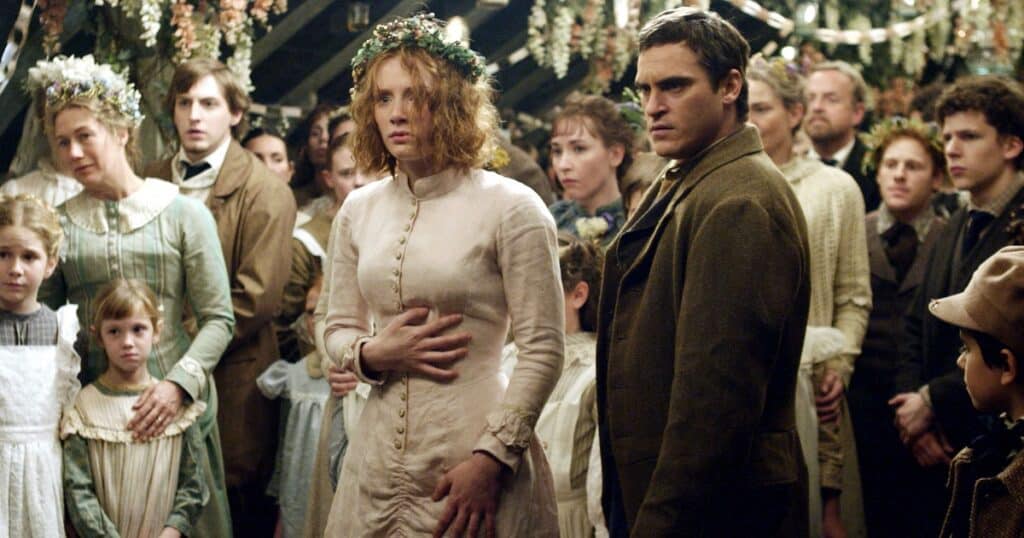
The Village was inspired by an unlikely combination of well known titles: Wuthering Heights and King Kong. Shyamalan was once offered the opportunity to direct an adaptation of Emily Bronte’s beloved gothic romance novel, and while considering it he read the book and fell in love with it. He turned down the opportunity to direct it, but reading Wuthering Heights made him want to try his hand at a movie that would be both a period piece and a romance. As he said at the time, he wanted to make a movie about “innocence.” Simultaneously, he was fascinated by a sequence in King Kong that always stood out to him. As he told the Washington Post in an interview, the most intriguing moment in the film is when we see the rituals the native tribe of Skull Island goes through to appease the giant animal just beyond their home. Night was enthralled with the idea of these people living side-by-side with a monster, and got to thinking about how delicate and fraught with danger such a truce could be.
This led to the idea of a small community in the end of the 1800s who’ve developed a peaceful yet stressful accord with a species of vicious creature that roam the woods beyond their village. They don’t go into the woods, the creatures don’t come into their hamlet. Seems like a decent enough deal, but what would happen if one side or the other started breaking the tenuous agreement? As we eventually find out, the creatures are a ruse by the elders who’ve decided to shield their children from an unforgiving outside world. They’re actually living in modern times but have put themselves in a bubble of make-believe in order to never face the horrors of modern civilization again.
Originally titled The Woods, Shyamalan set the project up once again at Disney, the home of his previous three box office hits. While the suits at the studio were somewhat wary of Night’s new project, which seemed to deal in hushed tones as opposed to the popcorn-movie friendly moments of his other films, they knew Night was a marquee name that would draw crowds. He was still the genius who couldn’t miss, so Disney agreed to a budget in the range of $60 million for a movie without A-listers or flashy visual effects.
Though the movie doesn’t unveil its true lead until well into the second half, the first half is a genuine ensemble. Night wanted to populate his film with well-respected actors from both stage and screen. The role of Lucius, the curious young man who appears at first to be the film’s main protagonist, was written specifically with Joaquin Phoenix in mind. Phoenix and Night were making Signs together when the actor told the director he yearned to perform a role that didn’t have much dialogue, where he could give a true performance without having to speak much. Shyamalan obliged him with the role of Lucius, who is quiet yet stoic. He also pretty much exits the movie halfway through.
For the leading lady, plucky blind teenager Ivy, Shyamalan had his sights set on Spider-Man actress Kirsten Dunst. Dunst couldn’t commit to the role, so Shyamalan had to look elsewhere. During a performance of As You Like It in New York, Night was drawn to the play’s lead actress, Bryce Dallas Howard, of course Ron Howard’s daughter but at the time a complete unknown beyond the stage. Without even asking for an audition, Shyamalan offered Bryce the role of Ivy. She accepted, and it ended being her first performance in a movie. To prepare, Bryce spent a lot of time with blind people in order to study their movements and habits.
A May 2013 article in Entertainment Weekly noted that, in addition to Dunst and Phoenix being sought after for The Woods, That 70s Show breakout Ashton Kutcher was being looked at for a major role in the film, presumably that of the mentally disabled Noah Percy, who plays a large role in the drama that takes place in the village. Kutcher obviously didn’t end up being in the film; instead, Shyamalan cast Adrien Brody, then hot off winning an Oscar for The Pianist. Brody would do research beforehand by spending time with people who had similar disabilities as Noah. In significant roles as village elders, Shyamala cast a bevy of highly respected thespians, including William Hurt, Sigourney Weaver, Brendon Gleeson and Cherry Jones. In smaller roles, he cast up-and-comers such as Judy Greer, Michael Pitt, and Jesse Eisenberg.
Before production, a large portion of the cast spent about a week’s time at a bootcamp where they learned the crafts of the late 1800s. The actors spent time with historians who taught them how to forge metal, sew, tend to the fields, milk cows, make their own cheese, and so forth. Not only would this bond the cast together, it would make them seem like naturals at these rudimentary tasks once in front of the cameras.
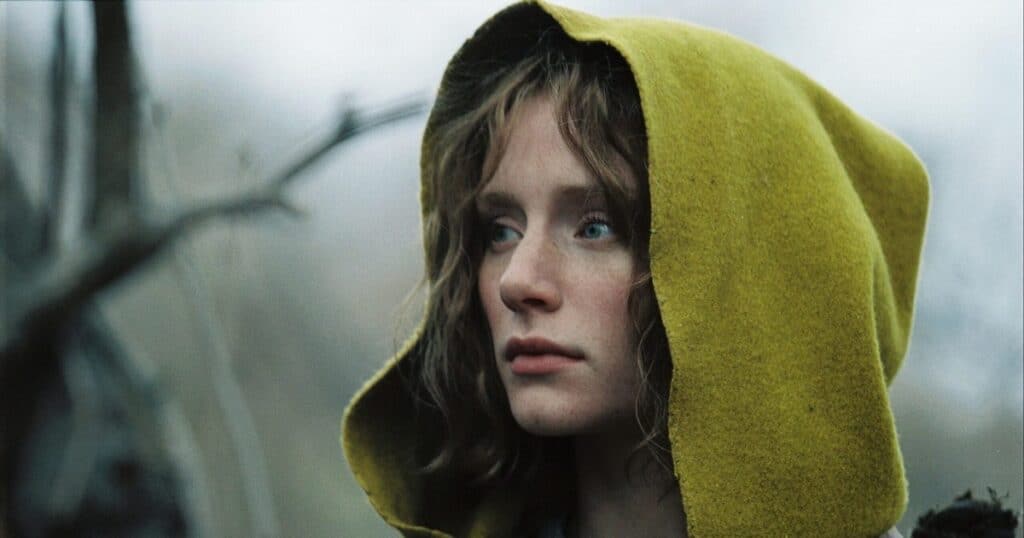
Shyamalan had long been a believer in storyboarding just about everything during pre-production, and that was no different this time around. After hiring celebrated cinematographer Roger Deakins, Night spent about three weeks with Deakins storyboarding the entire film. Both men were sticklers for even the smallest details, so they ended up being a natural pairing. The two were heavily inspired by the works of painter Andrew Wyeth, like Shyamalan a native of Pennsylvania; Wyeth was known for his stark, eerie paintings of rural people and landscapes. Ironically, The Village would end up shooting not far from where Wyeth grew up.
Production settled on Chadds Ford Township, Pennsylvania, about 25 miles southwest of Philadelphia. Creepily enough, the 600-acre piece of land had long been associated with urban legends around that area, including tales of satanic cults and spooky apparitions. It took some 300 people to build the titular village from the ground up; some of the houses functioned inside and out, while others were just exteriors and de facto storage facilities. Soon after shooting commenced, the entire village was taken down and the land returned to its prior serene state.
Shooting on The Village lasted approximately two and a half months, from October to December 2003 – although production was in hazard of being shut down for a long period of time thanks to a blizzard that came out of nowhere and dumbed about 14 inches of snow on the area one day. Luckily, the snow didn’t last long after nearby Hurricane Isabel washed it all away, but the production was left dealing with very soggy, muddy conditions for much of the shoot.
The movie faced a hazard of a different kind soon after. Despite the extra security required on any Shyamalan project, the film’s script leaked out and wound up on several online entertainment sites well before the film’s release. The “pre-reviews” as they were called were critical of many of the script’s elements, including the hokey dialogue and some easily-guessed twists. Shyamalan and Disney forged ahead regardless, keeping the movie as it was save for some quick reshoots a few months before the movie’s release, which included the movie’s final shot, that of Ivy returning from her journey to greet the fallen Lucius.
Mid-way through the film, Lucius gets a surprise stabbing from the heartbroken Noah, a moment that changes the course of the story and sets up Ivy to be the actual hero of the tale. This very brief moment almost caused The Village to get an R rating. It wasn’t because it was too gory, either; the sound of the knife slipping into Lucius was apparently so disturbing for the MPAA that they slapped the movie with an R. After the sound was removed, it was given a PG-13… And to think some people say this organization is ridiculous…
The Village was released on July 30, 2004. Reviews from critics were quite mixed, but the opening weekend was a banquet for Night and Disney, as the film grossed $50 million in its first three days. If nothing else, this seemed to prove that Shyamalan was just as much a draw as any headliner in Hollywood. However, the good times would stop rolling during its second weekend, when the film dropped a calamitous 67% – signaling that this particular bag of tricks was not to the audience’s liking. But all was not lost, as ultimately the movie grossed $256 million worldwide, meaning despite its hasty reputation as a misguided bomb, it wound up being profitable.
There was still one more trial to overcome for The Village soon after its release. A lawsuit was threatened by author Margaret Peterson Haddix and her publisher Simon and Schuster after they found one too many similarities between Night’s film and Haddix’s book, Running Out of Time. Published in 1995, nine years before The Village’s release, Running Out of Time is about a young girl living in an isolated village who discovers it’s not actually the mid-1800s but 1995; she’s been lied to her entire life about her surroundings and the outside world by the village’s elders. Pretty close in spirit to The Village’s big reveal, but ultimately there was no lawsuit filed, most likely because Disney would have thrown all the money in the world at it.
When it was all said and done, The Village was an ambitious misstep for the previously infallible Shyamalan. Disney head honcho Nina Jacobson later theorized that the reason for the movie’s tumble was that he’d lied to the audience, that he didn’t respect them. Perhaps the twist at the end was a bridge too far, or maybe it was just because there was nothing supernatural going on after all. Unlike the ending of The Sixth Sense, this wasn’t one you made sure to avoid spoiling, one you you told people they had to see to believe. This time you simply said, “don’t waste your money.”
Things quickly changed for Night after The Village. His next movie, Lady in the Water, was an even bigger swing and miss, made for a different studio because Disney no longer trusted his vision. In recent years, Night has been self-financing smaller budgeted fare. Though his name still rings out, it’s not like it was some twenty years ago, when the name Shyamalan signaled a must-see event. Regardless of what you think of his films, you must admit Night is still a unique voice in the filmmaking world. He did not end up being the next Spielberg, but there’s still only one M. Night Shyamalan.
A couple of the previous episodes of WTF Happened to This Horror Movie? can be seen below. To see more, head over to our JoBlo Horror Originals YouTube channel – and subscribe while you’re there!



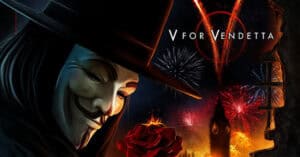
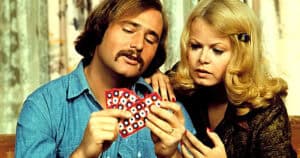
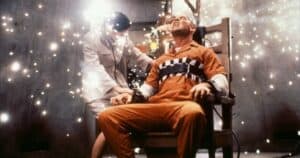

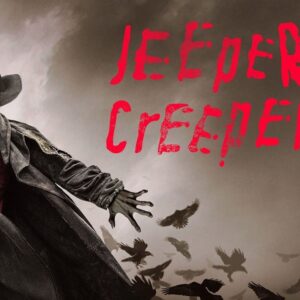
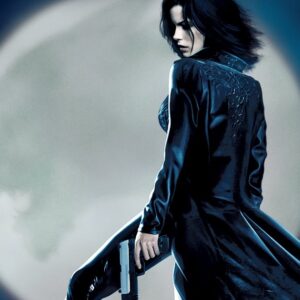
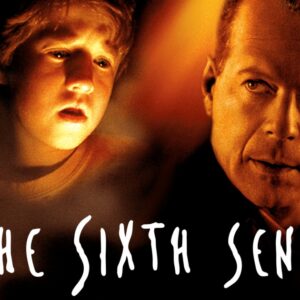
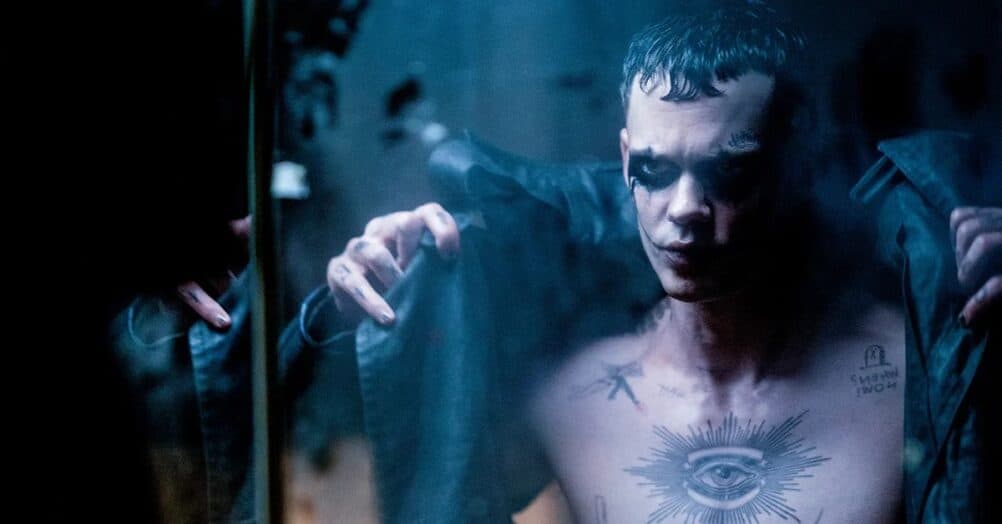
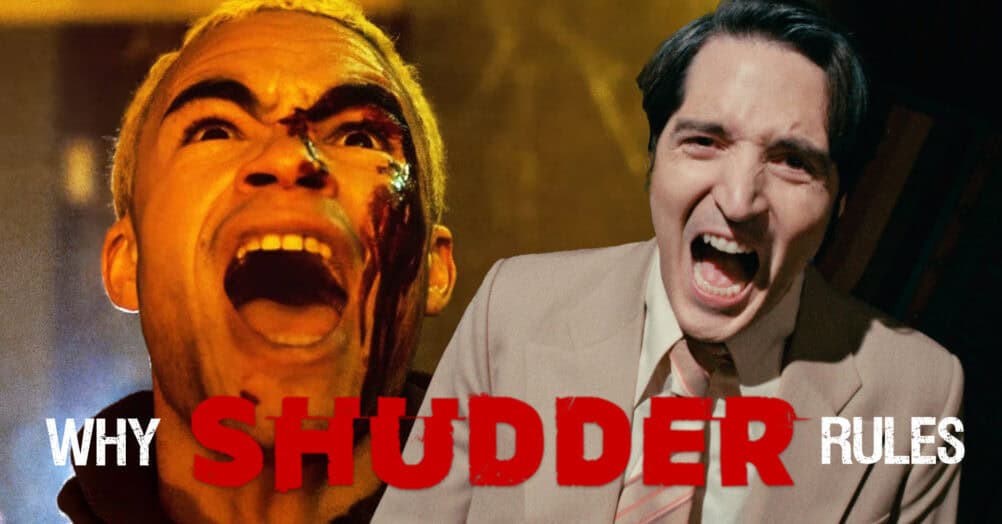

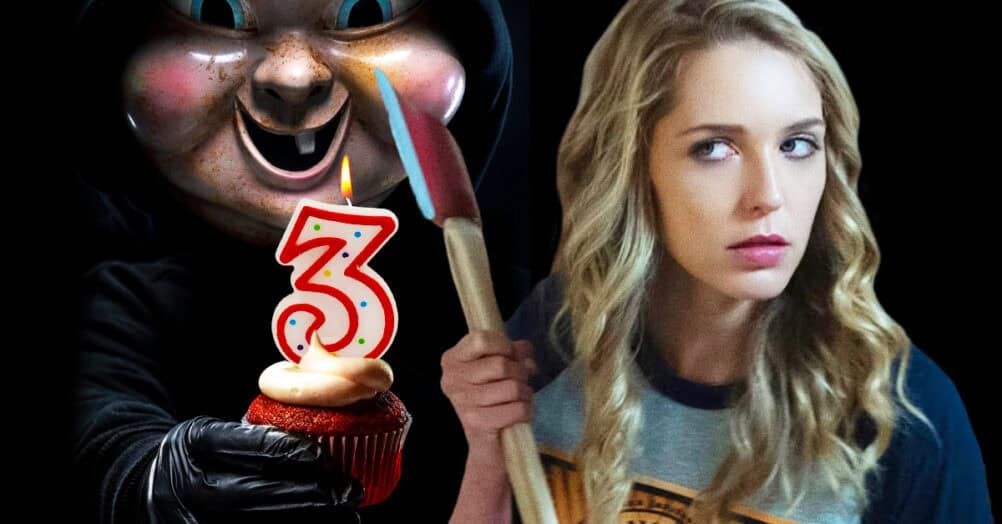
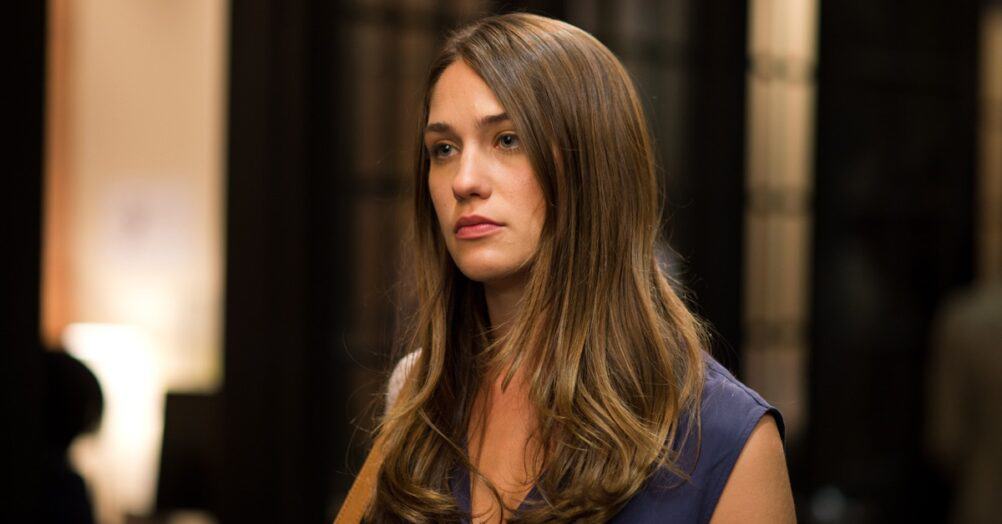
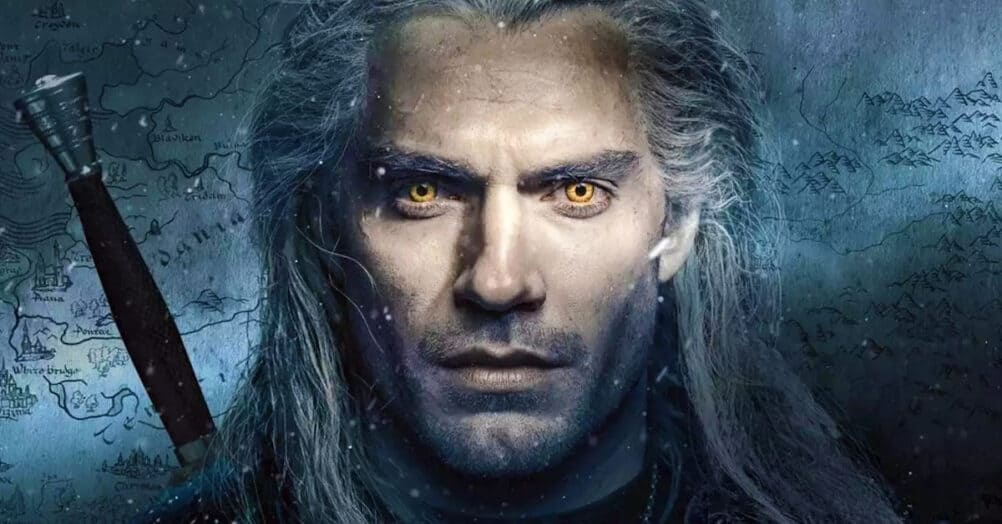
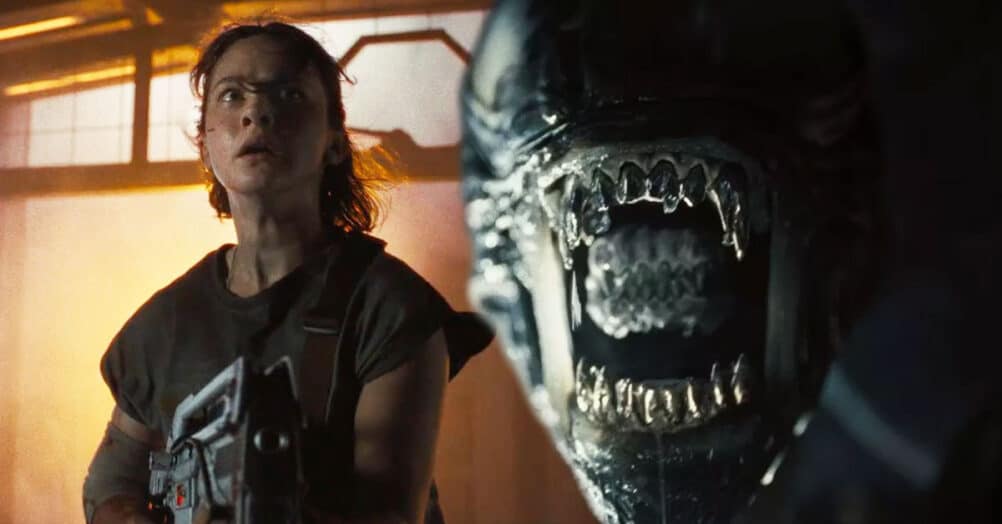


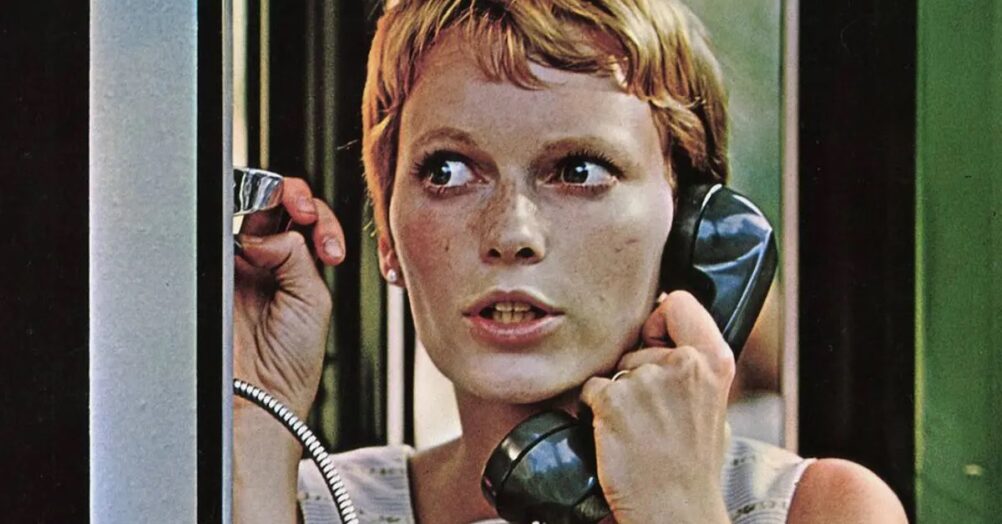
Follow the JOBLO MOVIE NETWORK
Follow us on YOUTUBE
Follow ARROW IN THE HEAD
Follow AITH on YOUTUBE